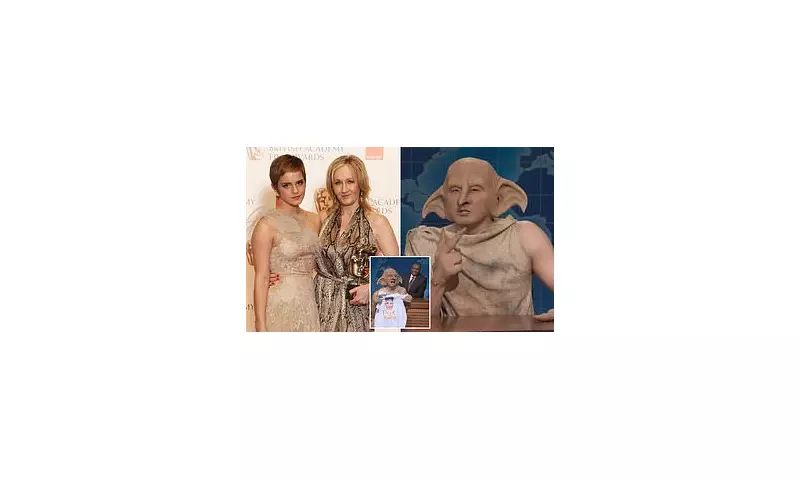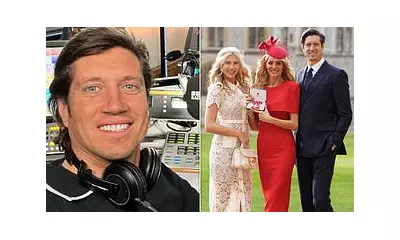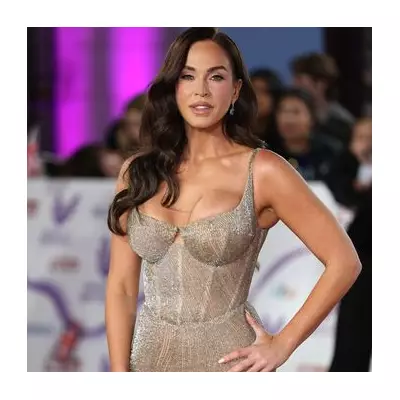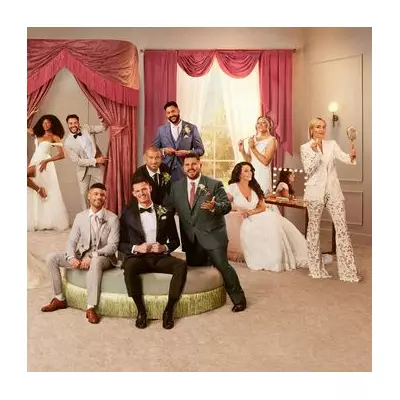
A recent Saturday Night Live sketch has thrown petrol on the already blazing cultural debate surrounding JK Rowling's views on transgender issues, creating shockwaves through the entertainment industry and beyond.
The Sketch That Started It All
During its season premiere, the iconic American comedy show featured a segment that directly addressed the ongoing controversy surrounding the Harry Potter author. The sketch portrayed Rowling's stance in a manner that has divided viewers and critics alike, with some praising its bold approach while others condemned it as inflammatory.
Emma Watson's Unexpected Entry
Adding another layer to this complex narrative, Emma Watson - who shot to fame playing Hermione Granger in the Harry Potter film franchise - has recently made comments that appear to position her at odds with the author who made her career. Watson's involvement has intensified the debate, creating an awkward public divide between the beloved actress and her literary creator.
A Fandom Divided
The clash has created deep fractures within the Harry Potter fan community, with supporters on both sides of the debate expressing strong opinions. Social media platforms have become battlegrounds where fans, activists, and commentators are fiercely debating the boundaries of free speech, women's rights, and transgender inclusion.
The timing of this controversy couldn't be more significant, coming during a period of heightened awareness about transgender rights and representation in media. The involvement of such high-profile figures from one of the world's most beloved franchises has guaranteed this story mainstream attention.
Broader Implications for Entertainment
This incident highlights the increasing pressure on celebrities and creators to take public positions on social issues, and the potential professional consequences when they do. The entertainment industry finds itself navigating increasingly treacherous waters where artistic expression, personal beliefs, and social responsibility frequently collide.
As the debate continues to unfold, it raises crucial questions about the relationship between artists and their work, the responsibilities of influential public figures, and where the line should be drawn between personal conviction and public commentary in the modern cultural landscape.





